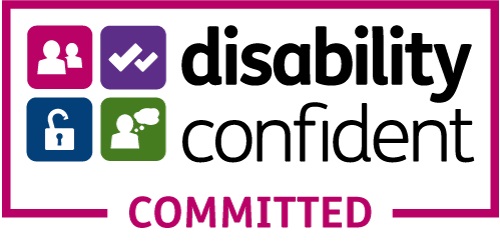The UK Numeracy Index: FAQs
The charity National Numeracy and data company Experian have combined knowledge and datasets to build the UK Numeracy Index, the first ever model to predict and rank areas of the UK by numeracy skills and confidence.
1. What does the UK Numeracy Index tell us about the numeracy levels of particular areas of the UK?
The Index ranks areas of the country in order of predicted numeracy index which is a combined view of confidence and skills. Darker purple areas represent a higher value of the Numeracy Index and therefore indicate areas of higher relative need. Conversely, brighter blue areas represent a lower value of the Numeracy Index and therefore indicate areas of lower relative need. It does not enable us to say anything about the numeracy levels of a specific area.
2. What does the UK Numeracy Index tell us about how gender and other factors relate to numeracy
A high level analysis of the factors in the model will be published in a technical document. This is give an indication of the strength and direction of each factor.
3. How does the UK Numeracy Index compare to Skills for Life, PIAAC and other adult skills surveys?
Those reports are surveys, where great care has been taken where possible to sample a representative group of adults. The results of those surveys allow us to better understand numeracy levels across a range of factors (age, gender, ethnicity, region and industry sector) at a high level, but you cannot drill down to a more granular level. The UK Numeracy Index is a model that predicts numeracy confidence and skill levels for adults in the UK to a high degree of accuracy, enabling us to aggregate these predictions to larger geographic areas including Local Authority and Regional levels.
4. Are we going to do this regularly to see how the picture changes year on year?
We are discussing the possibilities of validating / refreshing the model every 1 or 2 years.
5. What about factors that aren’t in the UK Numeracy Index model, such as Index of Multiple Deprivation?
We have provided population data in the first instance. Our plan is to work on producing some overlays (and possibly the ability for the public to upload their own overlays) in order to be able to map other interesting correlations / connections.
6. Because the numeracy data is collected via the National Numeracy Challenge (an online tool), how can we be sure that the model works for ‘hard to reach’ groups, such as the digitally excluded?
A significant amount of time in our development of the index to ensure the numeracy data used was nationally representative of the UK population as a whole. This involves weighting numeracy data to compensate for the known biases for age and gender. This is a standard technique when working with data collected in this way. There is no evidence that we are aware of that indicates that the model would work differently for those ‘hard to reach’ groups.
7. If the model is applied to calculate an average score for a group of individuals, how sure can we be that the group of emails used is representative of all people in that group?
With hard to reach groups, they still tend to be within wards where there are other disadvantaged people therefore in terms of the index, we wouldn’t expect there to be significant differences. We don’t see a high proportion of 'hard to reach' within the highly affluent areas. Experian's ConsumerView data covers c.95% of the population and is collected from several sources to give to give a good representation. The data Experian has does include non-digital sources. The data we are generally missing are those that are on the edges of society without a bank account and not on the electoral roll.




